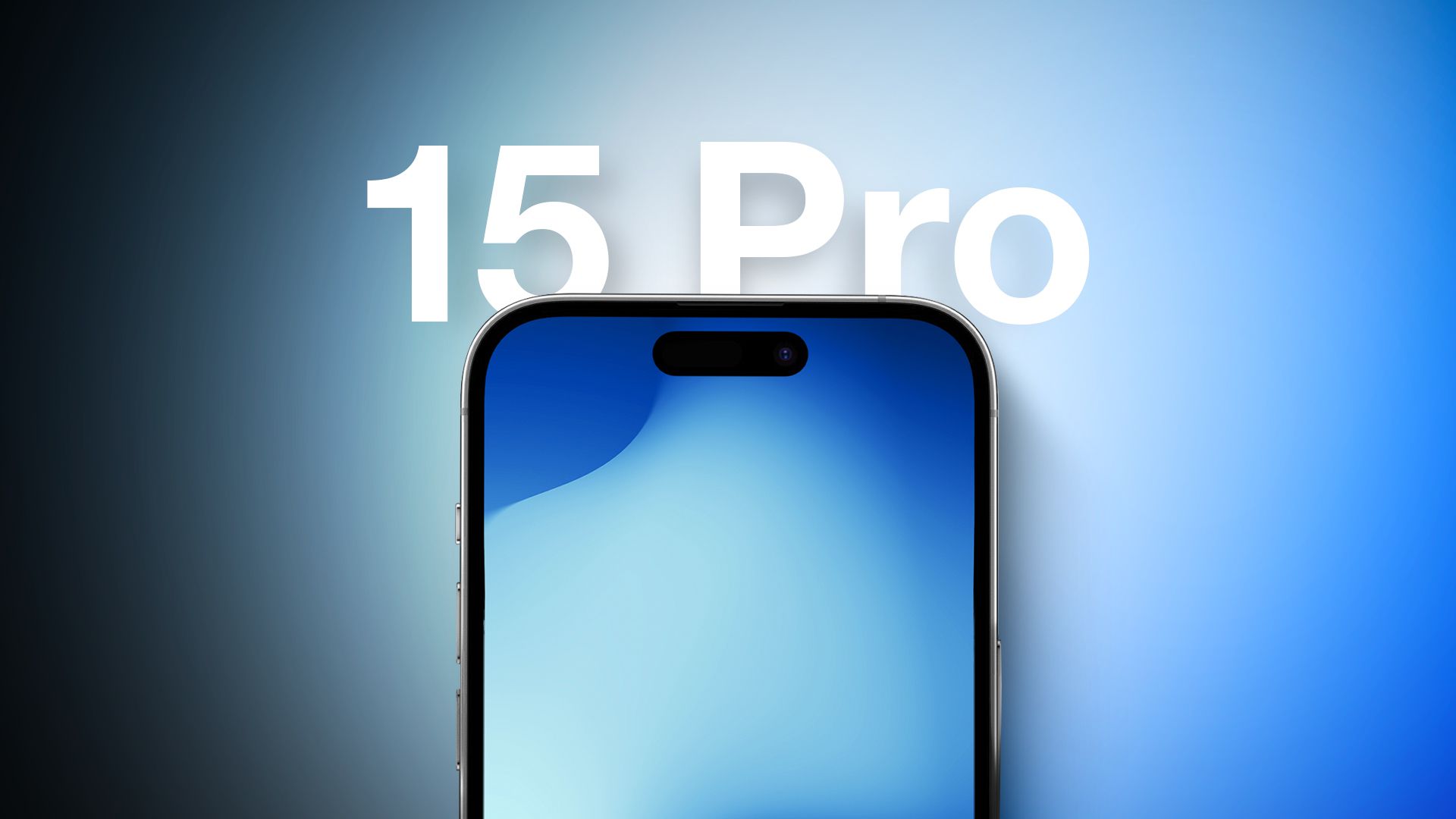![]()
Apple supplier TSMC is making strides to improve its production capacity for chips based on its cutting-edge 3-nanometer process technology, according to industry sources, which is expected to debut in this year's iPhone 15 Pro and upcoming MacBook models.
DigiTimes reports that TSMC's 5nm fabrication capacity began to loosen in November 2022 as a result of reduced orders from Apple, amongst other partners, with orders for iPhone chips alone having been slashed by 30%. However, the Taiwanese manufacturer has apparently been able to keep its utilization rate at 70% or higher thanks to Apple's thirst for 3nm:
Apple's upcoming iPhone 15 Pro models are expected to feature the A17 Bionic processor, Apple's first iPhone chip based on TSMC's first-generation 3nm process, also known as N3E.
The first-gen 3nm process is said to deliver a 35% power efficiency improvement over TSMC's 5nm-based N4 fabrication process, which was used to make the A16 Bionic chip for the iPhone 14 Pro and Pro Max. The N3 technology will also offer significantly improved performance compared to current chips manufactured on 5nm.
Apple's next-generation 13-inch and 15-inch MacBook Air models are both
expected to be equipped with an M3 chip, which is also likely to be manufactured on the 3nm process for further performance and power efficiency improvements. Apple is also reportedly planning to release an updated version of the 13-inch MacBook Pro with an M3 chip. The M2 chip and its higher-end Pro and Max variants are built on TSMC's second-generation 5nm process.
Orders for new AI processors from Nvidia and AMD, as well as Apple's new iPhone chip, are expected to help TSMC avoid further fab utilization declines in the second quarter,
DigiTimes' sources said.
Article Link:
Apple's Huge 3nm Chip Orders for iPhone 15 Pro and M3 Macs Helping to Maintain TSMC's Fab Utilization Rates




